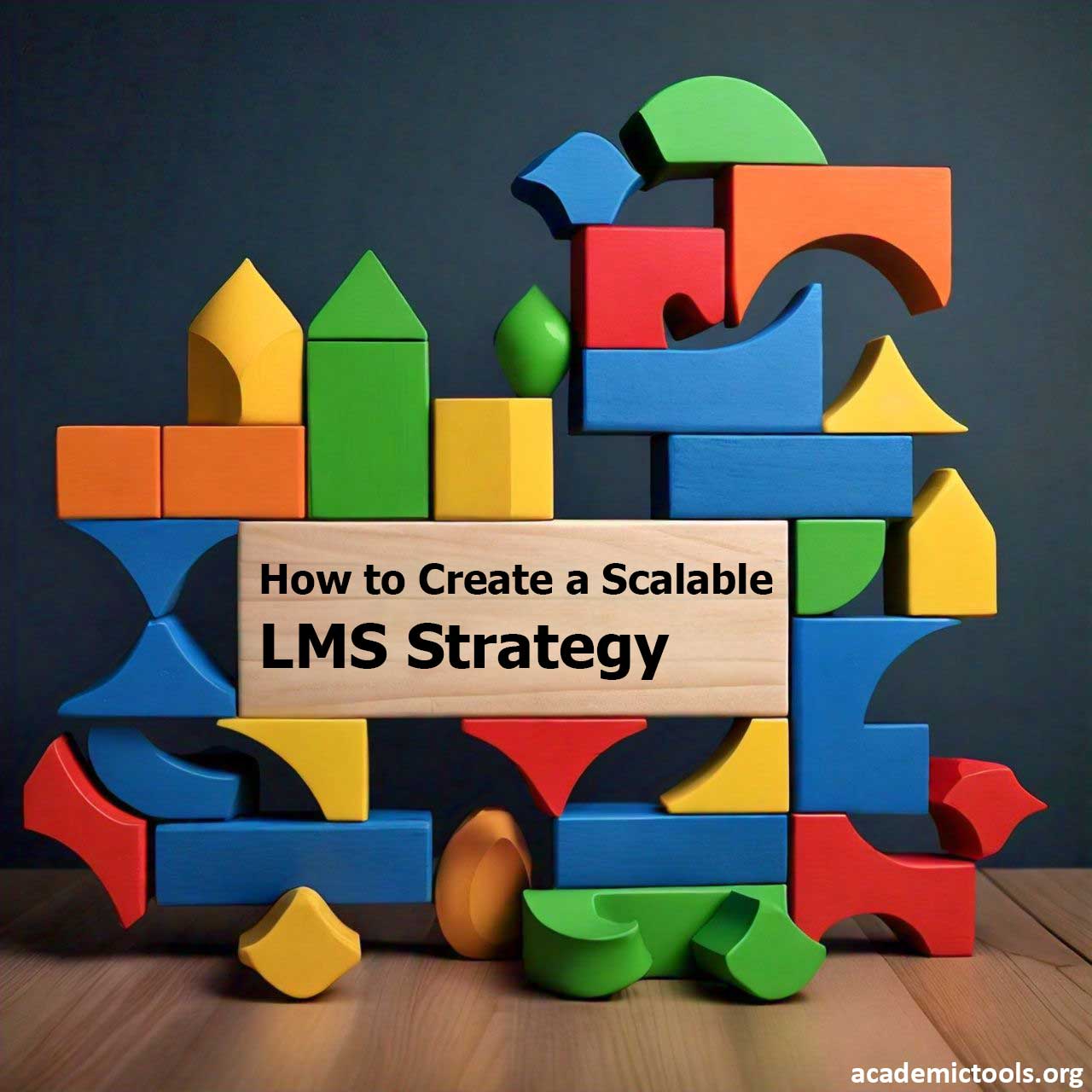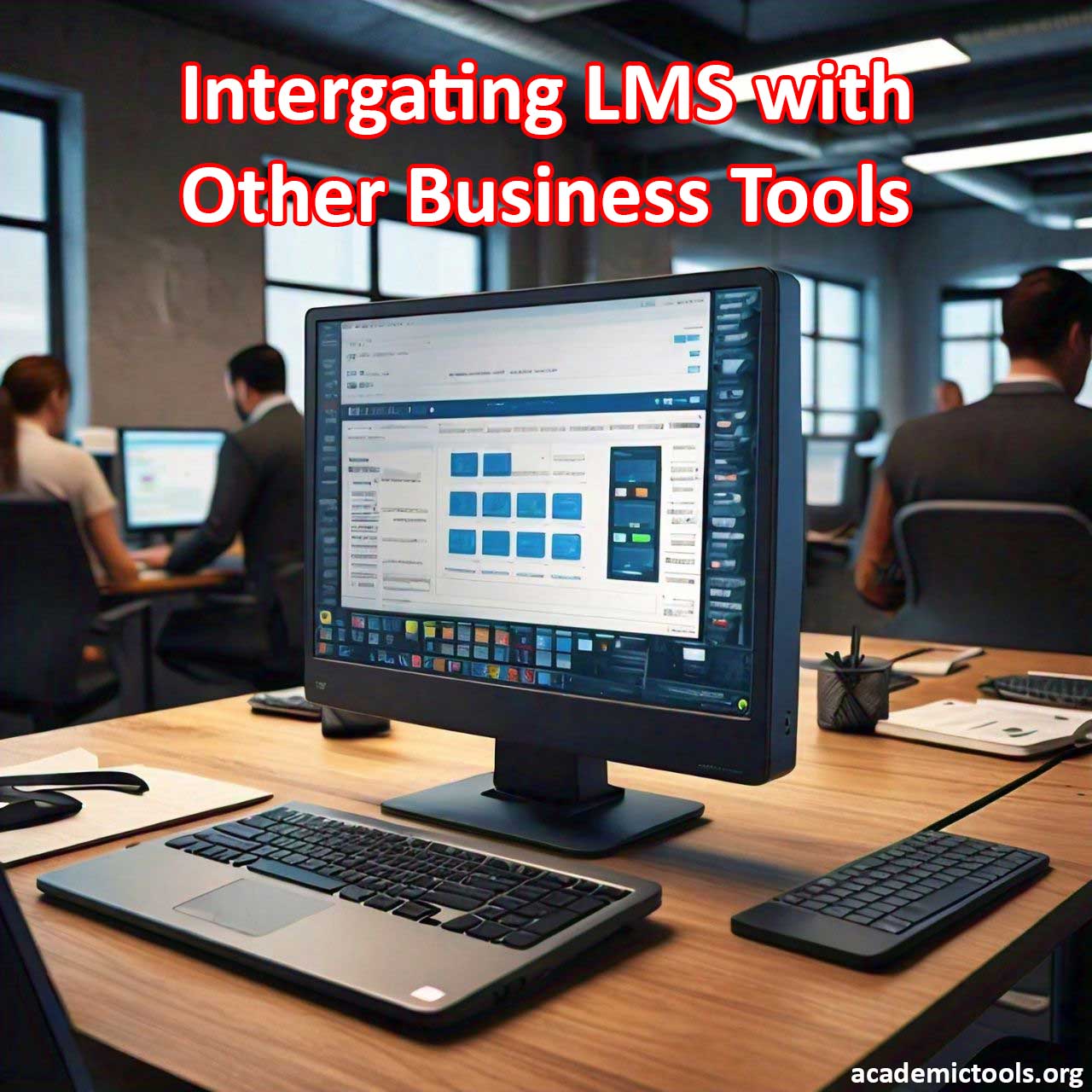In today’s fast-paced world, where educational and corporate landscapes are constantly shifting, having a scalable LMS strategy is no longer a luxury – it’s a necessity. Whether you’re a business looking to upskill your workforce or an educational institution aiming to deliver top-notch learning experiences, a scalable Learning Management System (LMS) can be a game-changer. By investing in a scalable LMS strategy, you’ll be empowered to accommodate growth, ensure consistency, and provide high-quality learning experiences that drive real results. In this blog post, we’ll dive into the essential components of building a scalable LMS strategy that meets your unique needs and sets you up for success.
Table of Contents
Why a Scalable LMS Strategy is Essential
· Growth Management: As your organization grows, a scalable LMS can handle an increasing number of users without compromising performance.
· Consistency: Ensures uniform learning experiences across different cohorts and geographical locations.
· Cost-Effectiveness: Reduces the need for frequent system overhauls, saving time and resources.
· Flexibility: Adapts to new learning trends and technological advancements easily.
Steps to Create a Scalable LMS Strategy
1. Define Clear Objectives
· Identify Goals: Establish clear, measurable goals for your LMS. Are you aiming to improve employee skills, enhance student learning outcomes, or streamline compliance training?
· Audience Analysis: Understand the needs and preferences of your target learners to tailor the LMS content and features accordingly.
2. Choose the Right LMS Platform
· Scalability Features: Select an LMS that supports scalability in terms of user capacity, content management, and integration with other tools.
· User-Friendly Interface: Ensure the platform is easy to navigate for both administrators and learners.
· Vendor Support: Opt for an LMS provider with a proven track record of supporting scalable solutions and offering robust customer support.
3. Develop Engaging and Diverse Content
· Variety of Formats: Use a mix of videos, interactive modules, quizzes, and written content to cater to different learning styles.
· Regular Updates: Keep the content fresh and relevant by regularly updating it to reflect the latest trends and information.
· Localization: Consider localizing content to meet the needs of learners in different regions, ensuring accessibility and relevance.
4. Implement Robust Data Management
· Centralized Repository: Maintain a centralized repository for all learning materials, making it easy to manage and update content.
· Analytics and Reporting: Use the LMS’s analytics tools to track learner progress, engagement, and performance. This data can inform improvements and scalability adjustments.
· Data Security: Ensure the LMS complies with data protection regulations and has strong security measures in place to protect learner information.
5. Foster a Learning Culture
· Leadership Support: Encourage leadership to promote and participate in the LMS, setting an example for the rest of the organization.
· Engagement Strategies: Use gamification, certifications, and other engagement strategies to motivate learners.
· Feedback Mechanisms: Implement regular feedback loops to understand learner experiences and make necessary improvements.
6. Plan for Growth
· Scalable Infrastructure: Ensure your LMS infrastructure can handle increased loads and more complex content without performance issues.
· Modular Design: Design courses and modules in a modular way, allowing you to easily add or remove components as needed.
· Continuous Improvement: Regularly review and refine your LMS strategy to address any emerging needs and leverage new opportunities.
Best Practices for a Scalable LMS Strategy
· Pilot Testing: Before full-scale implementation, conduct pilot tests with a small group of users to identify potential issues and gather feedback.
· Training and Support: Provide comprehensive training for administrators and users to ensure they can effectively use the LMS.
· Integration: Integrate the LMS with other business tools and systems to streamline processes and enhance functionality.
· Scalability Assessment: Periodically assess the scalability of your LMS to ensure it continues to meet your organization’s needs as it grows.
Conclusion
Creating a scalable LMS strategy is crucial for organizations seeking to deliver seamless, high-impact learning experiences that drive real growth. But what does it take to build an effective and sustainable LMS strategy? The answer lies in a thoughtful, multi-faceted approach. By setting clear objectives, selecting the perfect platform, crafting engaging content, implementing robust data management, nurturing a learning culture, and planning for future growth, you’ll be well on your way to creating a scalable LMS strategy that propels your organization forward. Ready to start building your own scalable LMS strategy? Download our comprehensive guide to getting started with LMS implementation and set your organization up for long-term learning and development success.



